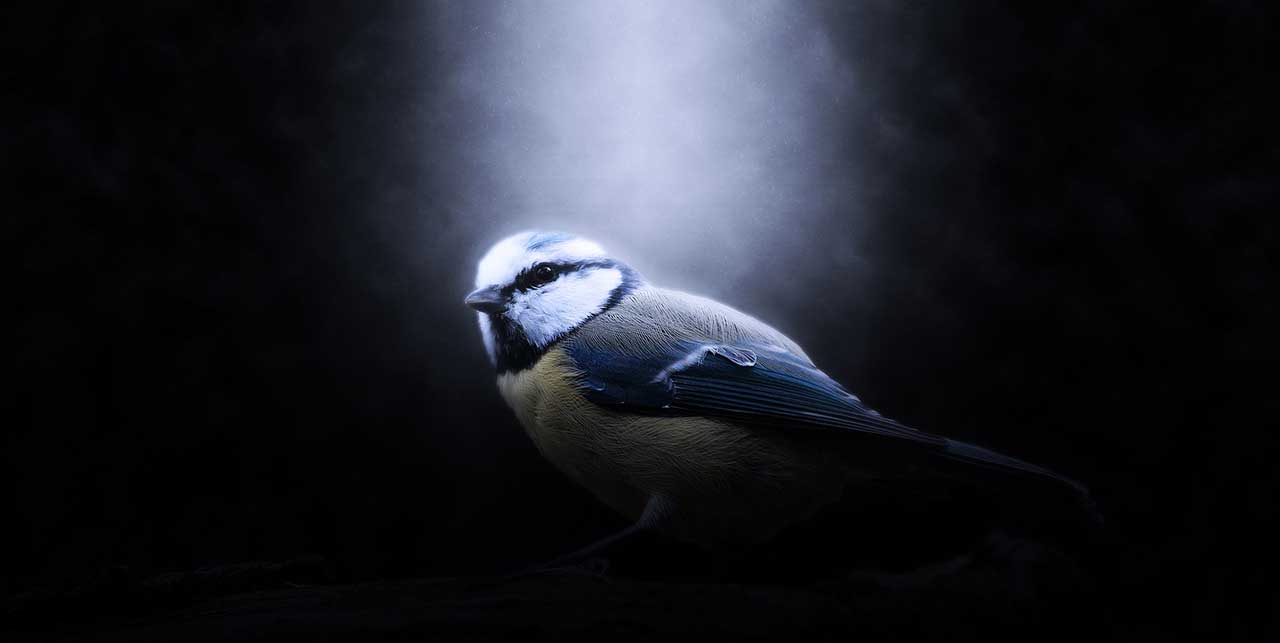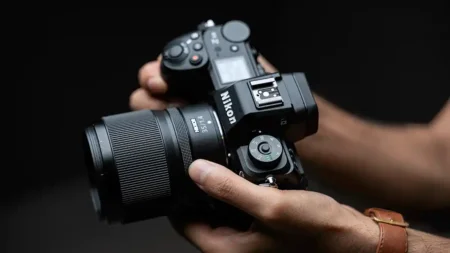We often talk about fine-tuning your camera settings and working with the light to achieve a good exposure… but what is a good exposure? This is a question new photographers always ask, and the truth is that there is no definitive answer!
Like all the arts, photography is inherently subjective, and the only correct exposure is the one that produces the effect that best matches your vision for an image.
We know this probably isn’t the answer you’re looking for, though, so let’s think about the question generally in terms of what most photographers try to achieve on average.
The other thing that complicates the answers is that different subjects often have different requirements. Sometimes a darker or lighter image is more desirable based on what you’re shooting.
This is especially true with high-contrast subjects. In these instances the brightness of your image will really depend on what part of your scene you want to stand out.
For instance, a brighter exposure will reveal more detail in the shadow areas of your scene, while a darker exposure will saturate colours more in your highlight areas, giving your image more punch.
Personally, I like to slightly under-expose for this very reason. Detail can always be teased out of shadow areas in post-processing, particularly if you shot raw files.
If you are in doubt as to how bright or dark your exposure should be, try shooting some bracketed exposures. You can also shoot several images with varying levels of exposure compensation. Here’s how…
Correcting your exposures
Often you’ll get your exposure wrong. It’s a fact of life for any photographer. When too much light reaches your sensor, your images will look overly bright. This is called over-exposure, and you notice it in bleached-out skies and flat colours.
In an under-exposed image not enough light is getting through to your sensor, and your images will look too dark.
Often these things can happen through no fault of your own. Your camera has a sophisticated metering system that reads the amount of light required for your scene and suggest an appropriate brightness. Usually it’s right, but sometimes it gets it wrong.
In these instance, there is an easy fix. Take a picture, look at it, and then use your exposure compensation control to make the next shot brighter or darker.
Typically you can dial in up to two stops of over- or under-exposure on your exposure compensation control, which is enough to dramatically change and image.
So what is a good exposure in photography?
- A good exposure in photography is generally the right combination of aperture, shutter speed and ISO that best reflects the subject you are trying to shoot.
- It helps to think of light and exposure in photography as you would filling bath tub with water. Your aperture is how far you turn the taps to increase the flow of water, while your shutter speed is how long you leave the taps running. Your ISO setting is the size of your tub.
- These exposure settings are reciprocal, which means that there is no single combination of settings that will give you the perfect exposure.
- Shooting a scene at 1/100sec at f/5.6, for instance, will let in the same amount of light as shooting that scene at 1/25sec at f/11. These settings will produce identical exposures, but of course things like depth of field will be different.
- It’s up to you to pre-visualise your image and decide how you want to portray elements like depth of field, and find the combination of exposure settings that let in enough light to reveal some detail and render rich colours that you are happy with.



